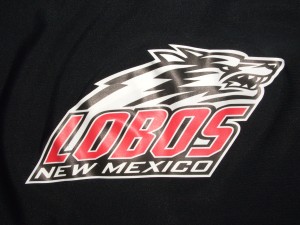Decorating Performance apparel can pose a few challenges. The low scorching point, stretchability of the fabrics, and complex fabric composition has challenged decorators and their suppliers to come up with new techniques and products.
Heat pressing Performance apparel using the incorrect products and methods can lead to scorch marks and poor quality transfers. However, two products recently introduced can be applied at a low temp and a short dwell time, making them the ideal materials to use.
Spectra Perform Cut is a “Cut-only” Heat Transfer Vinyl that applies at only 280 degrees. For full color, Spectra Perform is a Solvent or Eco-Solvent printable line of products that can also be applied at 280 degrees. Both products have a unique adhesive that will adhere to Polyester, Nylon, Lycra and many synthetic blends. Both also offer tremendous Stretch and Rebound, which will keep the decoration looking great, even after they’ve been stretched out.
If you’ve tried decorating Performance apparel before, but didn’t like the “heat press box” that accompanied your transfer, give one of these new products a try!


